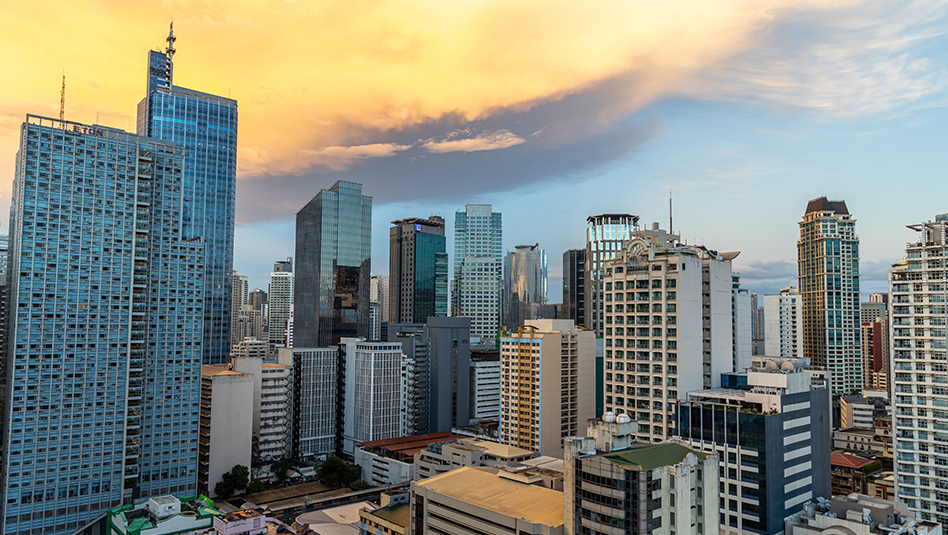

INSIGHTS 

INVESTMENT STRATEGY
THE BASICS
DOWNLOADS 

 DOWNLOAD
DOWNLOAD

 DOWNLOAD
DOWNLOAD

 DOWNLOAD
View all Reports
DOWNLOAD
View all Reports


Economic Updates
Monthly Economic Update: Fed cuts incoming
 DOWNLOAD
DOWNLOAD

Consensus Pricing
Consensus Pricing – June 2025
 DOWNLOAD
DOWNLOAD

Economic Updates
Policy Rate Update: Dovish BSP Narrows IRD
 DOWNLOAD
DOWNLOAD
Follow us on our platforms.


TOP SEARCHES



Issuer List
We provide here the research and analysis of CreditSights as well as Metrobank for key companies you may already have or may want to add in your portfolio.
Read this content. Log in or sign up.
If you are an investor with us, log in first to your Metrobank Wealth Manager account.
If you are not yet a client, we can help you by clicking the SIGN UP button.
 LIST OF ISSUERS
LIST OF ISSUERS

CreditSights is the trusted resource for the world’s largest consumers of credit research. It covers more than 20,000 companies from over 56 countries across North America, Europe, and Asia Pacific, helping clients to Know More. Risk Better.®






